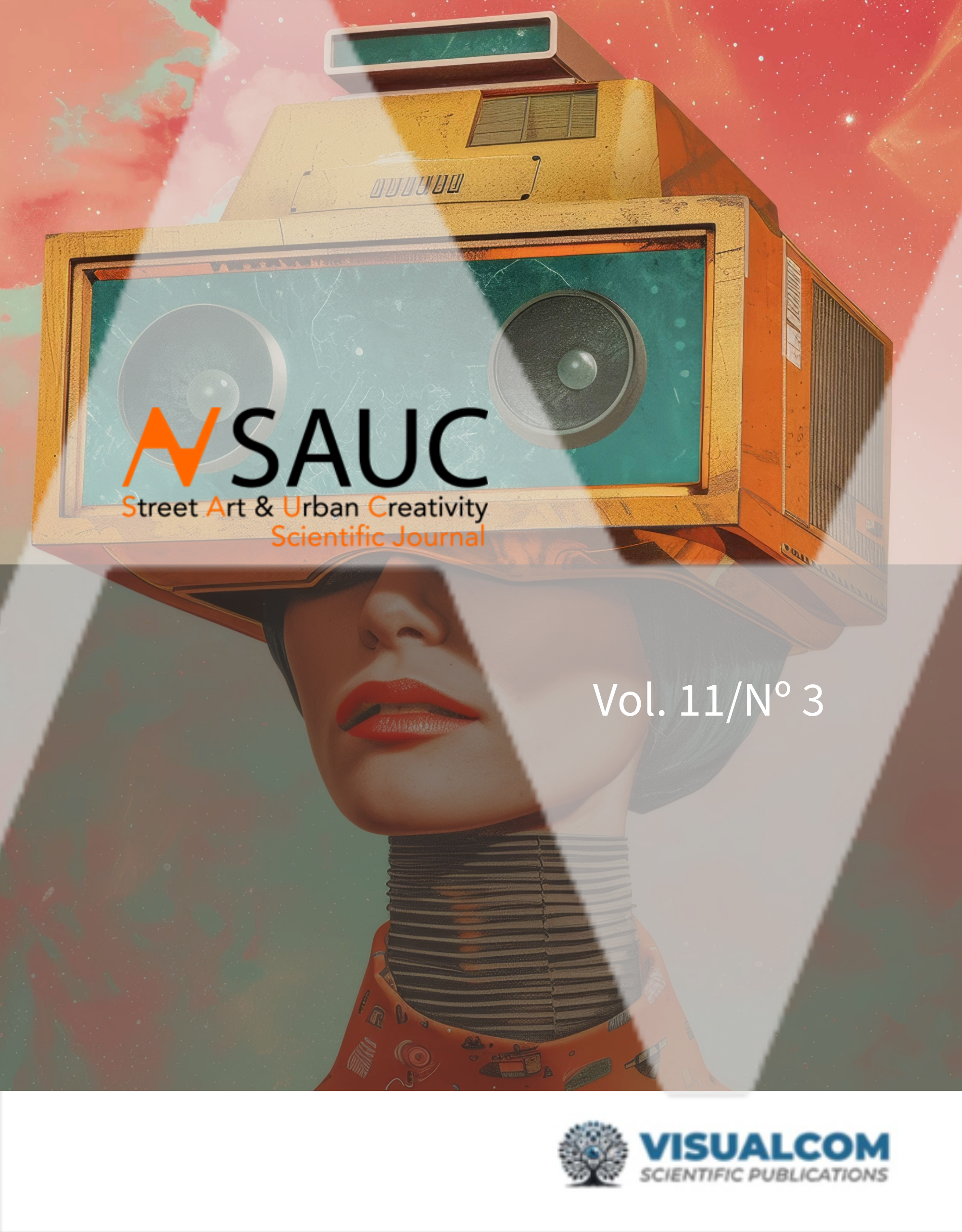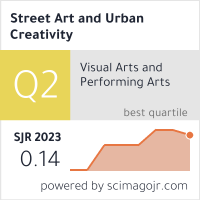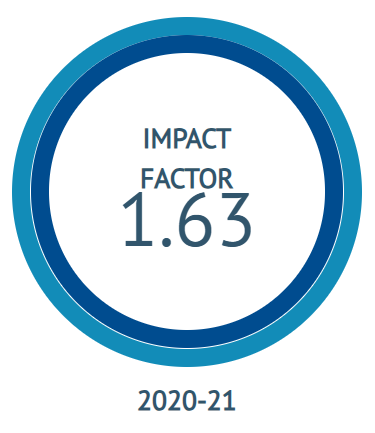La percepción de los estudiantes universitarios sobre el transporte público en Madrid
DOI:
https://doi.org/10.62161/sauc.v11.5731Palabras clave:
Transporte público , Estudiantes universitarios, Percepción del usuario, Calidad del servicio, Impacto medioambiental, Movilidad urbana, MadridResumen
El transporte público es esencial para la calidad de vida urbana, especialmente en ciudades densamente pobladas como Madrid, donde los estudiantes universitarios son usuarios frecuentes. Este estudio analiza sus percepciones sobre el transporte público madrileño, considerando precio, calidad del servicio, comodidad, seguridad, accesibilidad e impacto ambiental. Se encuestaron 250 estudiantes de universidades de Madrid entre septiembre y octubre de 2024, y se analizaron los datos con IBM SPSS 27 mediante estadísticas descriptivas.
Los resultados indican que valor y flexibilidad de precio influyen notablemente en la satisfacción. La calidad del servicio, incluyendo puntualidad y limpieza, es clave para la fidelidad. Factores como comodidad y seguridad afectan la confianza del usuario, mientras que la proximidad y la integración en la red aumentan la utilización. El impacto ambiental también impulsa la preferencia frente al coche. Los hallazgos respaldan mejoras en precio, calidad, seguridad e iniciativas ecológicas para fomentar el uso entre los estudiantes.
Descargas
Estadísticas globales ℹ️
|
680
Visualizaciones
|
395
Descargas
|
|
1075
Total
|
|
Citas
Ahmed, F., Catchpole, J., & Edirisinghe, T. (2021). Understanding young commuters’ mode choice decision to use private car or public transport from an extended theory of planned behavior. Journal Transportation Research Record, 2675(3), 200-211. https://doi.org/10.1177/0361198120967936
Atombo, C., & Wemegah, T. D. (2021). Indicators for commuter’s satisfaction and usage of high occupancy public bus transport service in Ghana. Transportation Research Interdisciplinary Perspectives, 11, 100458. https://doi.org/10.1016/j.trip.2021.100458
Barajas, J. M., & Braun, L. M. (2021). Are cycling and walking good for all? Tracking differences in associations among active travel, socioeconomics, gentrification, and self-reported health. Journal of Transport & Health, 23, 101246. https://doi.org/10.1016/j.jth.2021.101246
Benoliel, M. A., Manso, M., Ferreira, P. D., Silva, C. M., & Cruz, C. O. (2021). “Greening” and comfort conditions in transport infrastructure systems: Understanding users’ preferences. Building and Environment, 195, 107759. https://doi.org/10.1016/j.buildenv.2021.107759
Chauhan, V., Gupta, A., & Parida, M. (2021). Demystifying service quality of Multimodal Transportation Hub (MMTH) through measuring users’ satisfaction of public transport. Transport Policy, 102, 47-60. https://doi.org/10.1016/j.tranpol.2021.01.004
Chen, T., Ge, Y., & Pan, H. (2021). Car ownership and commuting mode of the “original” residents in a high-density city center. Journal of transport and land use, 14(1), 105-124. https://www.jstor.org/stable/48646179
De Oña, J. (2020). The role of involvement with public transport in the relationship between service quality, satisfaction and behavioral intentions. Transportation Research Part A: Policy and Practice, 142, 296-318. https://doi.org/10.1016/j.tra.2020.11.006
Dingil, A. E., Rupi, F., & Esztergár-Kiss, D. (2021). An integrative review of socio-technical factors influencing travel decision-making and urban transport performance. Sustainability, 13(18), 10158. https://doi.org/10.3390/su131810158
Eliasson, J. (2021). Efficient transport pricing–why, what, and when?. Communications in Transportation Research, 1, 100006. https://doi.org/10.1016/j.commtr.2021.100006
Ermagun, A., & Levinson, D. (2017). Community design and travel mode choice: A structural equation modeling approach. Journal of Urban Planning and Development, 143(3), 04017015. https://doi.org/10.1061/(ASCE)UP.1943-5444.0000403
Esmailpour, J., Aghabayk, K., Aghajanzadeh, M., & De Gruyter, C. (2022). Has COVID-19 changed our loyalty towards public transport? Understanding the moderating role of the pandemic in the relationship between service quality, customer satisfaction and loyalty. Transportation Research Part A: Policy and Practice, 162, 80-103. https://doi.org/10.1016/j.tra.2022.05.023
Hörcher, D., & Tirachini, A. (2021). A review of public transport economics. Economics of transportation, 25, 100196. https://doi.org/10.1016/j.ecotra.2021.100196
Islam, M. R., & Saphores, J. D. M. (2022). An LA story: The impact of housing costs on commuting. Journal of Transport Geography, 98, 103266. https://doi.org/10.1016/j.jtrangeo.2021.103266
Jamei, E., Chan, M., Chau, H. W., Gaisie, E., & Lättman, K. (2022). Perceived accessibility and key influencing factors in transportation. Sustainability, 14(17), 10806. https://doi.org/10.3390/su141710806
Liu, C., Bardaka, E., & Paschalidis, E. (2023). Sustainable transport choices in public transit access: Travel behavior differences between university students and other young adults. International Journal of Sustainable Transportation, 17(6), 679-695. https://doi.org/10.1080/15568318.2022.2084656
McGreevy, M. (2021). Cost, reliability, convenience, equity or image? The cases for and against the introduction of light rail and bus rapid transit in inners suburban Adelaide, South Australia. Case Studies on Transport Policy, 9(1), 271-279. https://doi.org/10.1016/j.cstp.2021.01.001
Mwale, M., Luke, R., & Pisa, N. (2022). Factors that affect travel behaviour in developing cities: A methodological review. Transportation Research Interdisciplinary Perspectives, 16, 100683. https://doi.org/10.1287/trsc.2014.0544
Observatorio de la Movilidad Metropolitana. (2023). Resumen de la movilidad en la Comunidad de Madrid 2022-2023. Consorcio Regional de Transportes de Madrid. https://www.crtm.es/media/axgptz2n/crtm-memoria2023-web.pdf
O’Driscoll, C., Crowley, F., Doran, J., & McCarthy, N. (2024). How the relationship between socio-demographics, residential environments and travel influence commuter choices. Regional Studies, 58(3), 636-653. https://doi.org/10.1080/00343404.2023.2199779
Rahman, F. (2022). Exploring paratransit service quality based on low-income women's perception: A case study in Dhaka city by structural equation model (SEM). IATSS Research, 46(2), 181-192. https://doi.org/10.1016/j.iatssr.2021.11.009
Rasca, S., & Saeed, N. (2022). Exploring the factors influencing the use of public transport by commuters living in networks of small cities and towns. Travel Behaviour and Society, 28, 249-263. https://doi.org/10.1016/j.tbs.2022.03.007
Ribeiro, P. J., & Fonseca, F. (2022). Students’ home-university commuting patterns: A shift towards more sustainable modes of transport. Case studies on transport policy, 10(2), 954-964. https://doi.org/10.1016/j.cstp.2022.03.009
Sogbe, E., Susilawati, S., & Pin, T. C. (2024). Scaling up public transport usage: a systematic literature review of service quality, satisfaction and attitude towards bus transport systems in developing countries. Public Transport, 1-44. https://doi.org/10.1007/s12469-024-00367-6
Sukhov, A., Olsson, L. E., & Friman, M. (2022). Necessary and sufficient conditions for attractive public Transport: Combined use of PLS-SEM and NCA. Transportation Research Part A: Policy and Practice, 158, 239-250. https://doi.org/10.1016/j.tra.2022.03.012
Wang, F. Y., Lin, Y., Ioannou, P. A., Vlacic, L., Liu, X., Eskandarian, A., ... & Olaverri-Monreal, C. (2023). Transportation 5.0: The DAO to safe, secure, and sustainable intelligent transportation systems. IEEE Transactions on Intelligent Transportation Systems, 24(10). https://doi.org/10262-10278. 10.1109/TITS.2023.3305380
Watthanaklang, D., Jomnonkwao, S., Champahom, T., & Wisutwattanasak, P. (2024). Exploring accessibility and service quality perceptions on local public transportation in Thailand. Case Studies on Transport Policy, 15, 101144. https://doi.org/10.1016/j.cstp.2023.101144
Wolday, F. (2023). The effect of neighbourhood and urban center structures on active travel in small cities. Cities, 132, 104050. https://doi.org/10.1016/j.cities.2022.104050
Descargas
Publicado
Cómo citar
Número
Sección
Licencia
Derechos de autor 2025 Los autores/as conservan los derechos de autor y ceden a la revista el derecho de la primera publicación y el derecho de edición

Esta obra está bajo una licencia internacional Creative Commons Atribución-SinDerivadas 4.0.
Los autores/as que publiquen en esta revista aceptan las siguientes condiciones:
- Los autores/as conservan los derechos de autor.
- Los autores/as ceden a la revista el derecho de la primera publicación. La revista también posee los derechos de edición.
- Todos los contenidos publicados se regulan mediante una Licencia Atribución/Reconocimiento-SinDerivados 4.0 Internacional. Acceda a la versión informativa y texto legal de la licencia. En virtud de ello, se permite a terceros utilizar lo publicado siempre que mencionen la autoría del trabajo y a la primera publicación en esta revista. Si transforma el material, no podrá distribuir el trabajo modificado.
- Los autores/as pueden realizar otros acuerdos contractuales independientes y adicionales para la distribución no exclusiva de la versión del artículo publicado en esta revista (p. ej., incluirlo en un repositorio institucional o publicarlo en un libro) siempre que indiquen claramente que el trabajo se publicó por primera vez en esta revista.
- Se permite y recomienda a los autores/as a publicar su trabajo en Internet (por ejemplo en páginas institucionales o personales), una vez publicado en la revista y citando a la misma ya que puede conducir a intercambios productivos y a una mayor y más rápida difusión del trabajo publicado (vea The Effect of Open Access).













